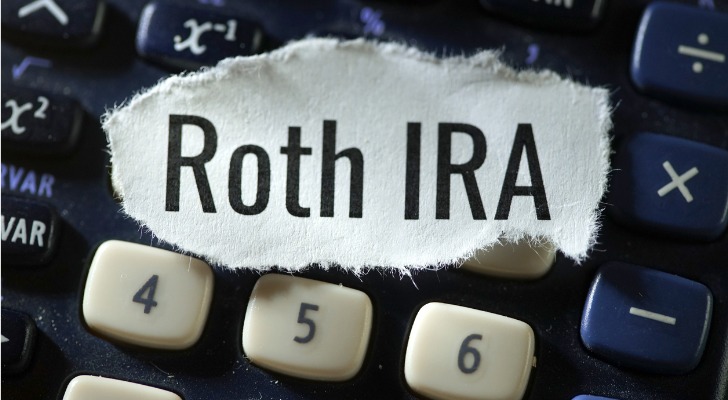Workers with their own personal Roth IRAs would be able to roll those accounts into a workplace Roth 401(k) and some similar accounts under legislation recently introduced in the House of Representatives by two of its members. These other accounts types could include 403(b)s and 457(b)s. If signed into law, this proposal could change the way Roth accounts are managed by their owners.
Do you have questions about building a comprehensive retirement plan? Speak with a financial advisor who serves your area today.
What the Proposed Roth IRA Legislation Aims to Do
The aim of the proposed law, sponsored by U.S. Representatives Darin LaHood (R-IL) and Linda T. Sanchez (D-CA), is to allow workers to combine their Roth assets into a workplace Roth account, such as a Roth 401(k), Roth 403(b), or Roth 457(b). This is designed to help eliminate the fees and hassles of tracking multiple investment accounts, as well as simplify the management and monitoring of those investments by getting them all in one place.
“Our bipartisan bill will allow for the consolidation of assets, reduce the potential for duplicative fees and bolster retirement savings for families across the country,” LaHood said in a statement. If approved, the legislation would mean that “Retirement savers can roll over and boost their retirement savings, ultimately allowing them to enjoy a comfortable retirement in the future,” Sanchez added.
Understanding Roth IRAs and Roth 401(k)s

Roth IRAs are individual retirement accounts where workers can invest after-tax money for retirement and withdraw any subsequent gains tax-free at specific times. In 2025, Roth account holders can contribute up to $7,000 if they’re younger than 50 and another $1,000 (for a total of $8,000) if they’re 50 or older.
Roth IRAs are particularly well-suited for younger workers who are likely to pay taxes in a lower bracket early in their careers, but end up in a higher bracket when they retire. Roth accounts also allow account holders who are at least 59.5 years old to withdraw contributions after five years without any penalty. This can make them a financial backstop to an emergency fund and other savings.
Workplace Roth accounts, such as the common 401(k), offer some of the best features of both the Roth IRA and standard workplace 401(k). Like a Roth IRA, the worker’s contributions to the plan are made with after-tax money so that all subsequent investment gains can be withdrawn tax-free in retirement.
An employer can also match or partially match the worker’s contribution, but that money goes into a traditional tax-deferred 401(k), where both contributions and gains are taxed when withdrawn. That allows workers to balance both taxable and tax-deferred withdrawals in retirement, helping them manage their tax bills more completely.
Perhaps the biggest boon of a Roth 410(k) is that it drops the smaller IRA contribution limits and uses the much higher 401(k) limit, which in 2025 is $23,500, plus an additional contribution of $7,500 if you are 50 or older (increases to $11,250 for those 60 to 63 years old). Workers also can take loans against their current employer’s Roth 401(k) plan, but not against their own Roth IRA or one in the plan of a former employer.
Being able to combine all types of Roth accounts can help eliminate what retirement experts call “leakage” when workers change employers. Workers can lose track of several small accounts at previous employers, especially if those companies are purchased or go out of business. In addition, many workers are tempted to cash out old, small balance accounts, which triggers taxes and penalties if they’re younger than 59.5. This ultimately leaves them with less money to grow for their retirement.
Workers who leave a job and don’t have a new plan to roll over an old Roth 401(k) or similar account typically are advised to roll the balance into their own Roth IRA in order to make managing the money easier.
Bottom Line
Maintaining several Roth accounts – or any of the many other types of retirement investments – can mean paying extra plan fees and finding it harder to properly diversify and manage your investments. Not to mention, you can completely lose track of an old account and miss out on that money.
Retirement Planning Tips
- A financial advisor can help you build a plan for retirement. Finding a financial advisor doesn’t have to be hard. SmartAsset’s free tool matches you with up to three vetted financial advisors who serve your area, and you can have a free introductory call with your advisor matches to decide which one you feel is right for you. If you’re ready to find an advisor who can help you achieve your financial goals, get started now.
- SmartAsset’s retirement calculator can help you determine what you need to save to make your goal retirement a reality.
Photo credit: ©iStock.com/Kameleon007, ©iStock.com/Dilok Klaisataporn
